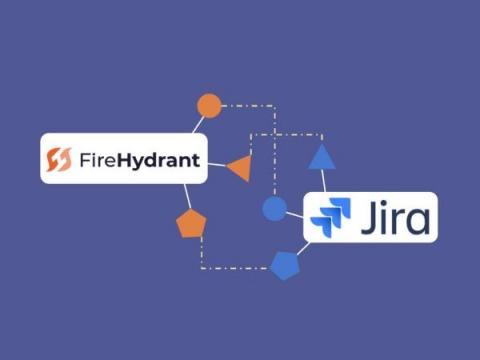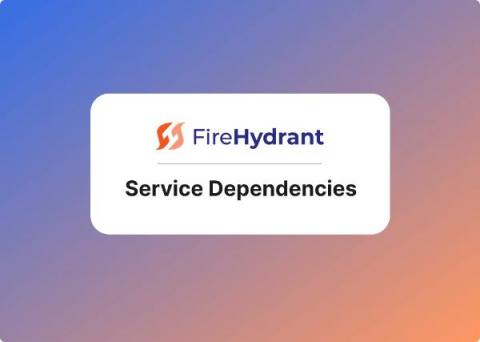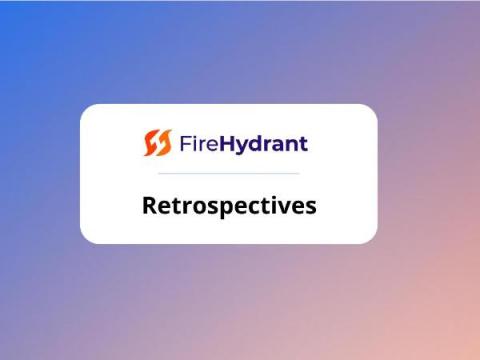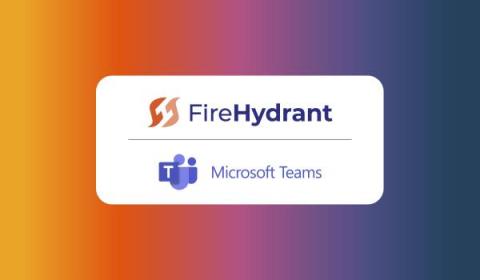Understanding Service Level Objectives
True reliability takes into account all of the services that exist in your software environment — which is why it can get so complicated. An ecommerce site, for example, might have services that update current inventory in near real time, process payments in the shopping cart, trigger email receipts to send, kick off fulfillment orders, etc. And if one of these services isn’t operating at its best, that can mean money — and in some cases, customers — lost for the company.










